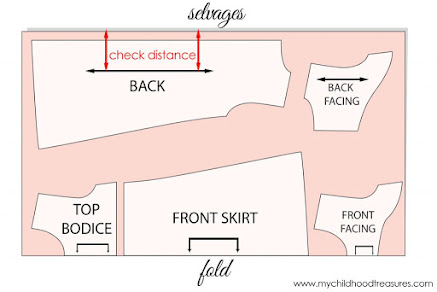FABRIC Classification OF TEXTILE
Classification of textiles
- What are the classes of fabrics?Most Popular & Stylish Types of Fabrics:
- Cotton Fabric.
- Velvet Fabric.
- Jersey Fabric.
- Silk Fabric.
- Wool Fabric.
- Denim Fabric.
- Satin Fabric.
- Jacquard Fabric.
- What are the classifications of Fibres?Classification and properties. Natural fibres can be classified according to their origin. The vegetable, or cellulose-base, class includes such important fibres as cotton, flax, and jute. The animal, or protein-base, fibres include wool, mohair, and silk
- What are the 5 different types of textiles?Fibre sources and types. Textiles are made from many materials, with four main sources: animal (wool, silk), plant (cotton, flax, jute, bamboo), mineral (asbestos, glass fibre), and synthetic (nylon, polyester, acrylic, rayon). The first three are natural
- What are the 4 main natural Fibres?Of industrial value are four animal fibers, wool, silk, camel hair, and angora as well as four plant fibers, cotton, flax, hemp, and jute. Dominant in terms of scale of production and use is cotton for textiles.
- What is the difference between fabric and textile?To discern the vital differences between textiles and fabric, the term 'textile' must be clearly defined. The definition of textile is any material made of interlacing fibers, including carpet and geotextiles. Any woven or knitted fabric is a textile
- What are types of natural fibers?Using this system, there are six basic types of natural fibers:
- bast fibers such as jute, flax, hemp, ramie, and kenaf;
- leaf fibers such as banana, sisal, agave, and pineapple;
- seed fibers such as coir, cotton, and kapok;
- core fibers such as kenaf, hemp, and jute;
- grass and reed such as wheat, corn, and rice; and.
- What are the properties of natural fibers?Natural fiber belongs to the earliest known cultivated plants, which have intrinsic properties: low weight, cost, high specific strength, and specific stiffness. These properties have made them particularly attractive to many and varied industrial uses.
- How are synthetic fibers classified?Synthetic Polymer Fibers
Synthetic fibers are generally semicrystalline polymers that are spun into filaments. ... Commercially produced fibers can be classified as cellulosic and noncellulosic fibers. Cellulosics are derived from naturally occuring cellulose through chemical reactions and processing - What are synthetic fibers give examples?Synthetic fabrics and textiles made from man-made rather than natural fibres. Some examples of synthetic fabrics are polyester, acrylic, nylon, rayon, acetate, spandex, latex and Kevlar. Synthetic fibres are made by the joining of monomers into polymers by the process of polymerization.
- Which are synthetic Fibres?Synthetic fibres are man-made fibres that derived from chemical resources (Achwal 1984). ... Viscose fibre is obtained from the cellulose; versatility allows imitating materials such as cotton or silk. Polyester is a synthetic material, strong and easy to maintain
Polyester is a category of polymers that contain the ester functional group in their main chain. As a specific material, it most commonly refers to a type called polyethylene terephthalate (PET). Polyesters include naturally occurring chemicals, such as in the cutin of plant cuticles, as well as synthetics such as polybutyrate. Natural polyesters and a few synthetic ones are biodegradable, but most synthetic polyesters are not. The material is used extensively in clothing.
Polyester fibers are sometimes spun together with natural fibers to produce a cloth with blended properties. Cotton-polyester blends can be strong, wrinkle- and tear-resistant, and reduce shrinking. Synthetic fibers using polyester have high water, wind and environmental resistance compared to plant-derived fibers. They are less fire-resistant and can melt when ignited.[1]
Liquid crystalline polyesters are among the first industrially used liquid crystal polymers. They are used for their mechanical properties and heat-resistance. These traits are also important in their application as an abradable seal in jet engines.[2]What are synthetic Fibres and its various types?There are two types of fibres – One is natural fibres which are obtained from natural sources e.g. Cotton, silk, wool and other is synthetic fibres which are man-made for example – rayon, nylon, acrylic etc. II. A Synthetic Fibre is a chain of small units of chemical substance joined together- How do you classify Fibres explain giving examples?Answer:fibre can be classified into two main categories natural and synthetic. Explanation: natural fibres are obtained from Natural Sources such as plants and animals while those which are developed by human beings are called synthetic fibres examples nylon rayon and polyester are synthetic fibres
- Get link
- X
- Other Apps



Comments
Post a Comment